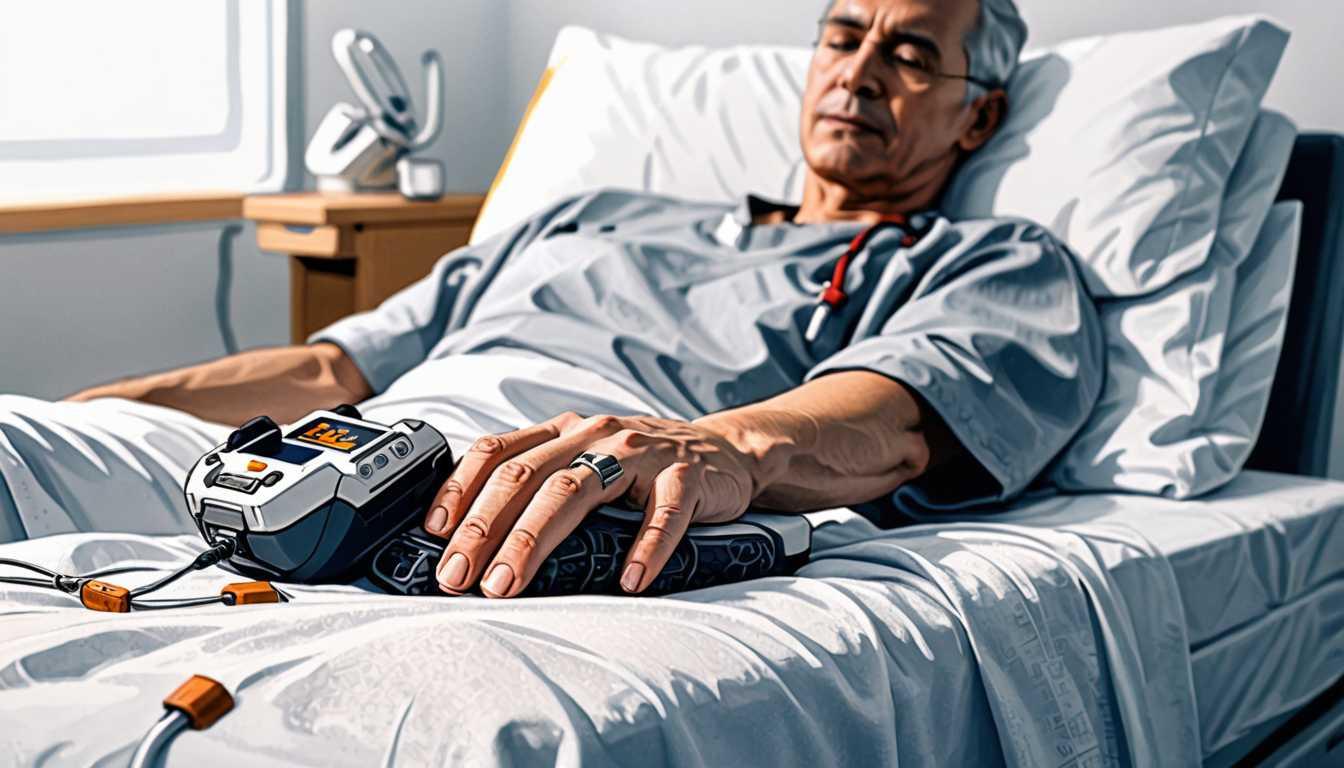SensVita: Revolutionizing Health Monitoring
March 2024
Cornell University
Introduction
Imagine a world where monitoring your heart isn't tied down by wires or chunky gadgets. Thomas Conroy, a Cornell doctoral student, is making this a reality with SensVita, a sleek, radio-based sensor that could revolutionize how we track cardiac and respiratory health. This nifty device, small enough to hide in your clothes or furniture, promises to keep an eye on your vitals passively, making health monitoring a breeze. Dive into how Conroy's invention could change the future of medical care, straight from Cornell University's innovative halls.
READ FULL ARTICLEWhy It Matters
Discover how this topic shapes your world and future
Tuning Into Health - The Future of Remote Sensing
Imagine a world where monitoring your health is as simple as sitting on your couch or wearing your favorite shirt. This isn't a scene from a sci-fi movie but a real possibility thanks to the work of innovative minds like Thomas Conroy. The development of a remote sensor that can detect health troubles without the need for bulky monitors or uncomfortable skin electrodes is a game-changer. It's particularly crucial for patients with conditions like geriatric heart failure, where constant hospital visits are a norm. This technology not only promises to make life easier and more comfortable for millions but also holds the potential to significantly reduce healthcare costs. For you, this could mean a future where keeping tabs on your health is seamless, unobtrusive, and integrated into your daily life. How cool is that?
Speak like a Scholar
Near-field Radio Frequency Sensing
A technology that allows the detection of objects or conditions at a short range using radio waves.
Passive Monitoring
A method of observing or recording data without the need for active participation or direct contact with the subject.
Geriatric Heart Failure
A condition commonly affecting older individuals, characterized by the heart's inability to pump blood efficiently.
Non-invasive Monitoring
Techniques used to assess health conditions without having to penetrate the skin or body tissues.
Commercialization
The process of bringing new products or technologies to the market.
FDA Approval
Official authorization from the Food and Drug Administration for a medical device or drug to be used safely by the public.
Independent Research Ideas
Exploring the Impact of Remote Sensing Technology on Elderly Care
Investigate how technologies like SensVita can revolutionize care for the elderly, potentially allowing for greater independence and quality of life.
The Role of Wearable and Embedded Health Monitors in Preventing Hospital Readmissions
Analyze how integrating health monitoring technology into everyday objects can reduce the need for hospital visits and lower healthcare costs.
Ethical Considerations in Passive Health Monitoring
Delve into the ethical implications of constant health monitoring, including privacy concerns and data security.
Comparative Study of Non-invasive Monitoring Technologies
Examine different non-invasive technologies available for health monitoring, focusing on their efficiency, ease of use, and patient comfort.
The Future of Healthcare - Predicting Disease Progression with Remote Sensing
Explore the potential of remote sensing technologies to predict and prevent serious health episodes before they occur, changing the way we approach disease management.
Related Articles

The Glove That Hugs Spasms Away
February 2024
Stanford University

Driving Health: AI & Diabetes Care
June 2023
University of Bristol

Stay Awake: The Future of Earbuds
August 2024
UC Berkeley

Rethinking Pulse Oximeters: A Fairer Future
February 2024
MIT Technology Review

Bandages That Heal Like Magic
February 2024
Cornell University